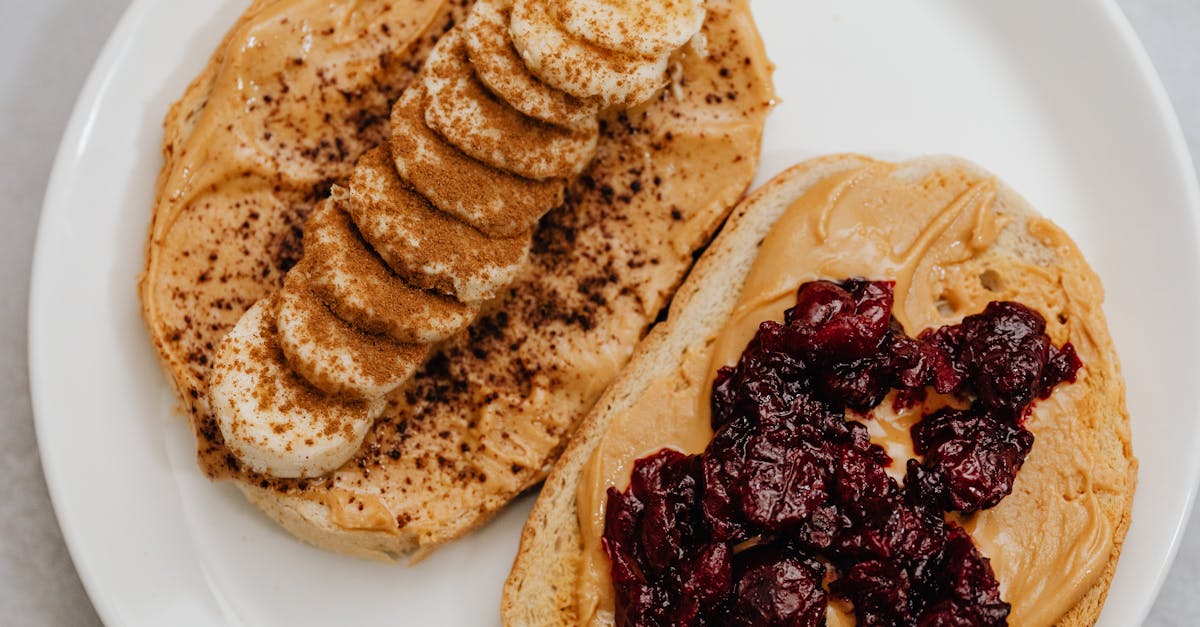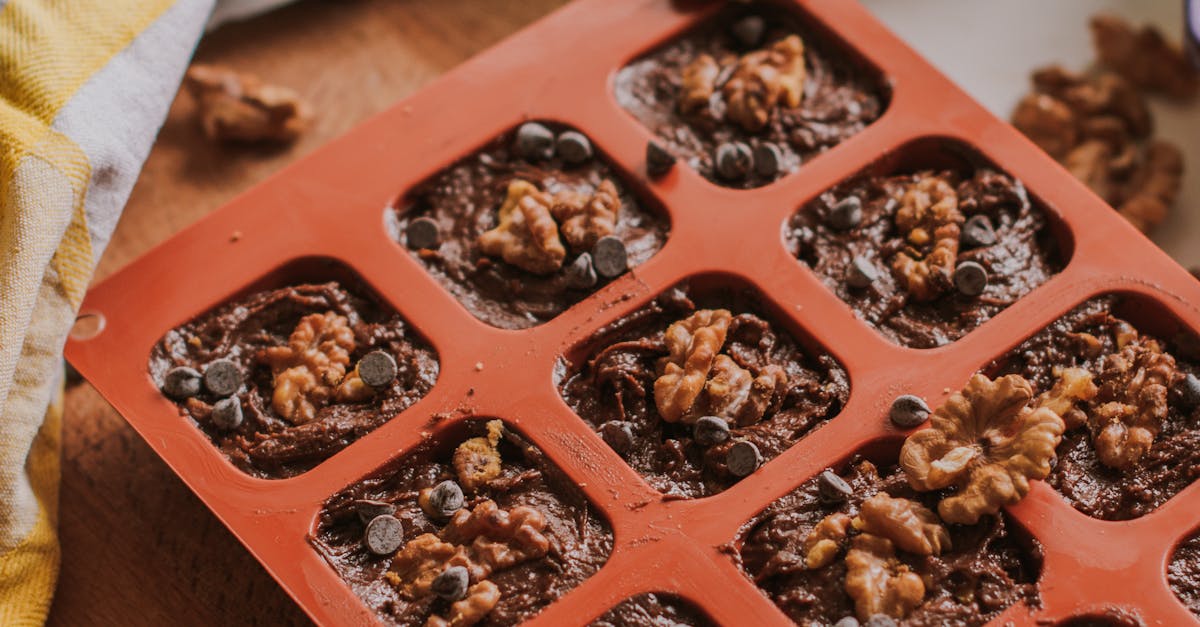Let’s be honest, sometimes only a perfectly soft chocolate sugar cookie will do. That melt-in-your-mouth texture, the rich chocolatey goodness, the subtle sweetness – it’s a symphony of flavor and texture that’s hard to resist. But achieving that perfect softness can feel like a baking mystery. Too crispy, and you’re left with something disappointing. Too cakey, and the texture falls flat. This recipe isn’t just about baking cookies; it’s about unlocking the secrets to creating the ultimate soft and chewy chocolate sugar cookie experience. We’ll delve into the science behind achieving that perfect texture, explore different chocolate options, and guide you through each step of the process, from creaming the butter and sugar to chilling the dough and baking to perfection. Get ready to transform your baking game and create cookies so good, they’ll disappear in minutes!
Key Insights for Baking Perfect Soft Chocolate Sugar Cookies
- Mastering the Creaming Technique: Properly creaming butter and sugar is crucial for achieving that signature soft and chewy texture.
- Chilling is Key: Chilling the dough prevents over-spreading and ensures perfectly shaped cookies.
- Ingredient Quality Matters: Using high-quality ingredients elevates the overall flavor and texture of your cookies.
- Baking Temperature Control: Maintaining a consistent oven temperature is vital for even baking and prevents unevenly cooked cookies.
- Proper Cooling and Storage: Cooling cookies on a wire rack and storing them in an airtight container preserves their softness and chewiness.
1. The Allure of the Perfectly Soft Chocolate Sugar Cookie
Okay, let’s talk about chocolate sugar cookies. Specifically, the perfectly soft and chewy kind. Why do we crave them so much? It’s more than just a sweet treat; it’s a sensory experience. That initial melt-in-your-mouth feeling is pure bliss. The contrast between the soft, almost pillowy cookie and the slight crunch from the sugar crystals is addictive. It’s that perfect balance of textures that keeps us coming back for more.
Then there’s the magic of chocolate. The rich, decadent flavor complements the sweetness of the sugar perfectly. Whether you’re using dark, milk, or semi-sweet chocolate, the deep chocolate notes add depth and complexity to the simple sugar cookie. It’s that familiar comfort food element, the taste of home baking, that evokes feelings of nostalgia and warmth. It’s the kind of cookie you want to share with loved ones, or simply savor on your own with a glass of milk.
But it’s not just about the taste. It’s about the whole experience. The aroma of warm chocolate cookies baking in the oven fills your kitchen with happiness. The joy of biting into a warm, freshly baked cookie – that satisfying chewiness and the way it melts on your tongue – it’s pure simple pleasure. And that’s why we crave that perfect soft chocolate sugar cookie; it’s a little slice of happiness in every bite.
Beyond the Crisp: Understanding Cookie Texture
So, what makes a cookie chewy versus crispy? It’s not just a matter of preference; it’s all about the science of baking! The key players are the ingredients and how they interact during baking. Think of it like this: brown sugar, butter, and eggs are your chewy allies. Brown sugar contains molasses, which adds moisture and inhibits crystallization, leading to that soft, tender texture. Butter, with its fat content, keeps the cookies moist and prevents them from drying out. Eggs contribute protein, creating a structure that holds onto moisture.
On the other hand, crispy cookies lean heavily on granulated sugar and a higher ratio of flour to other wet ingredients. Granulated sugar crystallizes more readily, producing a firmer, crisper texture. More flour means a less hydrated dough, resulting in drier, crispier cookies. The baking temperature also plays a big role; higher temperatures lead to crispier results, while lower temperatures promote chewier textures. It’s a delicate balance of ingredients and baking techniques.
Basically, it’s all about the interplay of moisture, sugar, and protein. For our soft chocolate cookies, we’ll be focusing on maximizing the ‘chewy’ elements – that means plenty of brown sugar, rich butter, and a careful hand in measuring and mixing to achieve the perfect balance. By understanding these fundamental principles, you can confidently tailor your cookie recipe to create exactly the texture you crave, whether it’s melt-in-your-mouth softness or a satisfying crunch!
The Magic of Chocolate in Cookies
Chocolate! The star ingredient in our soft chocolate sugar cookies. But not all chocolate is created equal. The type of chocolate you choose dramatically affects both the flavor and texture of your cookies. Dark chocolate, with its higher cacao percentage, brings a rich, intense bitterness that balances beautifully with the sweetness of the sugar. It can also lend a slightly denser texture to your cookies, which can be a good thing or a bad thing depending on your preference. If you’re aiming for intensely chocolatey cookies, dark chocolate is your best bet.
2. Gathering Your Ingredients: A Baker’s Checklist
Before we dive into the fun part (baking!), let’s gather our ingredients. This recipe is pretty straightforward, but using quality ingredients makes a world of difference. Think of it as assembling your baking dream team! You’ll need unsalted butter – it gives you more control over the salt level. Granulated sugar and packed light brown sugar provide the perfect sweetness and texture. All-purpose flour is our base, providing structure to our delicious cookies. Of course, you’ll need chocolate! We recommend using your favorite semi-sweet chocolate chips, but feel free to experiment with different types.
Next up are the wet ingredients: large eggs, which add richness and bind the dough together, and pure vanilla extract, which adds that lovely warm vanilla flavor. A pinch of baking soda helps the cookies rise slightly and creates a tender crumb, and a dash of salt enhances all the other flavors. Don’t forget about some baking essentials – a baking sheet and parchment paper (to prevent sticking) are must-haves, along with measuring cups and spoons for accurate measuring.
That’s it! It’s a simple list, but these ingredients, combined with the right technique, will create unbelievably soft and chewy chocolate sugar cookies. Having everything prepped and ready will make the baking process smoother and more enjoyable. Now, let’s get baking!
Essential Ingredients: Quality Matters!
We’re not just throwing ingredients together here; we’re crafting a culinary masterpiece (or at least, some seriously delicious cookies!). That means paying attention to the quality of your ingredients. Let’s start with the butter. Unsalted butter is key because it lets you control the salt level. Look for high-quality butter with a rich, creamy flavor; it’ll make a noticeable difference in the final taste and texture of your cookies. Don’t skimp on the sugar either! Using good quality granulated and brown sugar ensures a balanced sweetness and helps achieve that perfect texture.
The flour is equally important. All-purpose flour forms the base of your cookies, so using a good quality flour ensures that your cookies have the right structure and texture. If you have access to freshly milled flour, that’s even better, but don’t stress about it if you don’t. For the chocolate, splurge on good quality chocolate chips; the difference in flavor and richness is remarkable. You’ll taste it in every bite. And finally, don’t underestimate the importance of good quality vanilla extract – it elevates the flavor profile of your cookies tremendously. Look for pure vanilla extract.
Substitutions and Variations
This recipe is a great starting point, but let’s get creative! Want to make it vegan? It’s totally doable. Swap the butter for a vegan butter alternative like Miyoko’s Kitchen or Melt brand. Make sure it’s a good quality vegan butter that holds its shape well. For the eggs, use a flax egg (1 tablespoon of flaxseed meal mixed with 3 tablespoons of water) or applesauce as a binder. These substitutions might slightly alter the texture, but the results will still be delicious and surprisingly similar to the original recipe.
Need a gluten-free version? You can substitute all-purpose flour with a gluten-free all-purpose blend. Be sure to check the specific brand’s instructions as different blends may require slightly different liquid ratios. Experiment to see what works best for you. You might need to add a tablespoon or two of extra liquid to achieve the right consistency, as gluten-free flour can absorb moisture differently.
Feeling adventurous? Try adding different types of chocolate, nuts, or dried fruits to your cookies. Think dark chocolate chunks, chopped pecans, dried cranberries, or even a sprinkle of sea salt on top. The possibilities are endless! The beauty of baking is in the customization. Don’t be afraid to experiment and find your own perfect twist on these classic cookies.
3. Mixing it Up: The Step-by-Step Baking Process
Alright bakers, let’s get our hands dirty! First, we’ll cream together the butter and sugars. This is crucial for achieving that soft and chewy texture. Use an electric mixer to beat the butter until it’s light and fluffy, then gradually add the sugars, beating until the mixture is smooth and creamy. This process incorporates air into the batter, leading to lighter, fluffier cookies.
Next, add the eggs one at a time, mixing well after each addition. Then, stir in the vanilla extract. In a separate bowl, whisk together the flour, baking soda, and salt. Gradually add the dry ingredients to the wet ingredients, mixing until just combined. Be careful not to overmix; overmixing develops the gluten in the flour, resulting in tough cookies. We want soft and chewy, remember?
Finally, stir in your chocolate chips. And that’s it! You’ve successfully made your cookie dough. Now, the magic happens in the next step: chilling the dough. This prevents the cookies from spreading too much in the oven and helps maintain their soft and chewy texture. Once the dough is chilled, you’re ready to bake these delicious treats!
Creaming Butter and Sugar: The Key to Softness
Creaming butter and sugar might sound simple, but it’s the foundation for perfectly soft cookies. This step isn’t just about combining ingredients; it’s about incorporating air into the mixture. That air creates pockets within the cookie, resulting in a lighter, softer texture. Start with softened, but not melted, butter. If your butter is too cold, it will be difficult to cream, and if it’s melted, your cookies will be flat and dense. Aim for a butter that’s pliable but not oily.
Adding the Wet and Dry Ingredients: Mastering the Technique
Now for the delicate dance of combining wet and dry ingredients. The goal is to incorporate the dry ingredients without overmixing. Overmixing develops the gluten in the flour, leading to tough, less tender cookies. We want soft and chewy, remember? Start by adding the eggs one at a time to the creamed butter and sugar mixture, mixing well after each addition. Then, stir in the vanilla extract. This ensures that the eggs are evenly distributed throughout the batter.
4. Chilling the Dough: Why It’s Crucial
Chilling the dough isn’t just a suggestion; it’s a crucial step for achieving perfectly soft and chewy cookies. Think of it as giving your dough some time to relax and firm up. This chilling process helps to prevent the cookies from spreading too thin during baking. When the dough is cold, the butter is solid, and it doesn’t melt as quickly in the oven. This results in cookies with a better shape and texture.
Preventing Cookie Spread
Nobody wants flat, thin cookies! Chilling the dough is your secret weapon against excessive spreading. When your cookie dough is warm, the butter is soft and melts quickly once it hits the hot oven. This rapid melting causes the dough to spread rapidly, resulting in thin, flat cookies. Think of it like this: the colder the butter, the slower it melts.
Chilling Time Recommendations
How long should you chill your dough? It depends on a few factors, including your personal preference and the temperature of your kitchen. As a general rule, chilling for at least 30 minutes is recommended. This allows the butter to firm up sufficiently to prevent excessive spreading. However, if you live in a warm climate, or if you prefer thicker cookies, you might consider chilling for a longer period, even up to 2 hours or more. The longer you chill, the less your cookies will spread.
5. Baking to Perfection: Oven Temperature and Baking Time
Almost there! Now it’s time to bake those delicious cookies. Preheat your oven to the temperature specified in the recipe (usually around 375°F or 190°C). Using a preheated oven ensures even baking and helps achieve that perfect texture. Once the oven is preheated, place your cookies on a baking sheet lined with parchment paper. This prevents sticking and makes for easier cleanup. Baking time will vary slightly depending on your oven and the size of your cookies, but generally, it’s around 9-11 minutes for soft and chewy cookies. Don’t overbake them!
Oven Temperature Control
Maintaining a consistent oven temperature is crucial for even baking and achieving the perfect texture. Temperature fluctuations can lead to unevenly baked cookies – some parts might be burnt while others are still underbaked. This is especially true for delicate cookies like our soft chocolate sugar cookies. To ensure consistent heat, preheat your oven thoroughly before baking and avoid opening the oven door frequently during the baking process. Each time you open the door, you let heat escape, causing temperature fluctuations.
Checking for Doneness
How do you know when your cookies are perfectly baked? Don’t rely solely on the timer! Use your senses to check for doneness. The edges of the cookies should be lightly golden brown, and the centers should appear slightly soft and set, not completely gooey. If the centers are still very soft and jiggly, they need more time in the oven. Conversely, if the edges are dark brown and the centers are hard, they’re overbaked.
6. Cooling and Storage: Keeping Your Cookies Soft
Once your cookies are baked to perfection, let them cool on the baking sheet for a few minutes before transferring them to a wire rack to cool completely. This prevents them from becoming soggy on the bottom. Cooling on a wire rack allows air to circulate around the cookies, preventing them from retaining moisture and becoming soft and chewy. Avoid stacking the cookies while they’re still warm, as this can trap moisture and lead to sogginess.
Cooling on a Wire Rack
Cooling your cookies on a wire rack is a simple yet crucial step for maintaining their texture and preventing sogginess. Unlike leaving them on a baking sheet, a wire rack allows for maximum airflow around each cookie. This airflow is key because it helps the cookies cool evenly and prevents them from trapping steam or moisture. Trapped moisture can make your cookies soft and gummy, especially on the bottom, ruining that perfectly chewy texture we’re aiming for.
Storage Tips: Maintaining Softness
Proper storage is essential for keeping your cookies soft and delicious for as long as possible. Once the cookies are completely cool, store them in an airtight container at room temperature. This prevents them from drying out and helps maintain their moisture content. Avoid storing them in the refrigerator, as this can actually make them dry out faster. The cold air draws moisture out of the cookies, leading to a stale, hard texture.
7. Creative Decorating Ideas: Taking Your Cookies to the Next Level
Let’s face it, even the most delicious cookies are more fun to eat when they’re pretty! Don’t be afraid to get creative with your decorating. A simple dusting of powdered sugar can elevate your cookies to the next level. For a more intricate design, try using a simple icing made with powdered sugar and milk or water. You can pipe designs onto the cookies using a ziplock bag with a corner snipped off, or use a decorating bag and tips for more advanced designs.
Simple Icing Techniques
Even if you’re not a professional baker, you can create beautiful icing designs on your cookies. A simple icing is all you need to add a touch of elegance. Make a simple icing by whisking together powdered sugar with a little milk or water until you reach a smooth, spreadable consistency. You can adjust the consistency by adding more milk for a thinner icing or more powdered sugar for a thicker icing. If you want a flavored icing, add a teaspoon of vanilla extract or other flavorings.
Sprinkles, Drizzles, and More!
Once you’ve mastered the basics of icing, it’s time to get creative! Sprinkles are always a fun and easy way to add some extra flair to your cookies. You can use classic rainbow sprinkles, or get creative with themed sprinkles for holidays or special occasions. A simple drizzle of melted chocolate is another elegant touch. Just melt some chocolate chips and drizzle it over the cooled cookies using a spoon or a piping bag. Let it set before serving for a beautiful, glossy finish.



